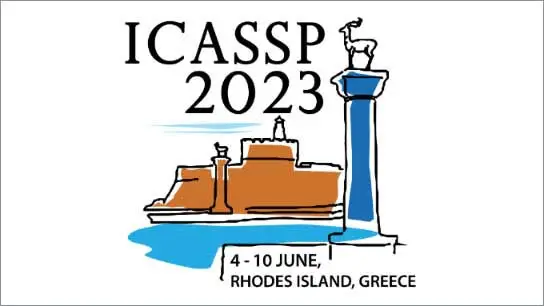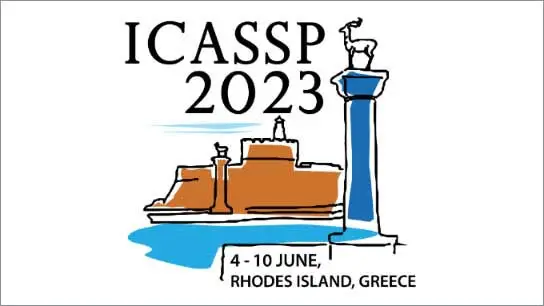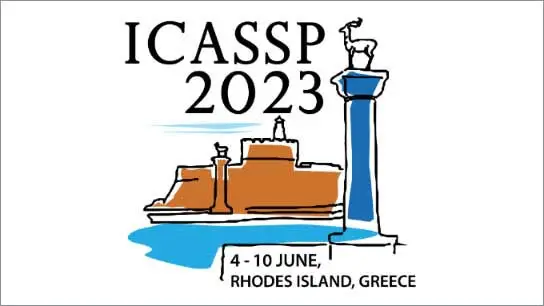Predicting Brain Age using Transferable CoVariance Neural Networks
Saurabh Sihag (University of Pennsylvania); Gonzalo Mateos (University of Rochester); Corey McMillan (University of Pennsylvania); Alejandro Ribeiro (University of Pennsylvania)
-
Members: FreeSPS
IEEE Members: $11.00
Non-members: $15.00
07 Jun 2023
The deviation between chronological age and biological age is a well-recognized biomarker associated with cognitive decline and neurodegeneration. Age-related and pathology-driven changes to brain structure are captured by various neuroimaging modalities. These datasets are characterized by high dimensionality as well as collinearity, hence applications of graph neural networks in neuroimaging research routinely use sample covariance matrices as graphs. We have recently studied covariance neural networks (VNNs) that operate on sample covariance matrices using the architecture derived from graph convolutional networks, and we showed VNNs enjoy significant advantages over traditional data analysis approaches. In this paper, we demonstrate the utility of VNNs in inferring brain age using cortical thickness data. Furthermore, our results show that VNNs exhibit multi-scale and multi-site transferability for inferring {brain age}. In the context of brain age in Alzheimer's disease (AD), our experiments show that i) VNN outputs are \emph{interpretable} as brain age predicted using VNNs is significantly elevated for AD with respect to healthy subjects for different datasets; and ii) VNNs can be \emph{transferable}, i.e., VNNs trained on one dataset can be transferred to another dataset with different dimensions without retraining for brain age prediction.



